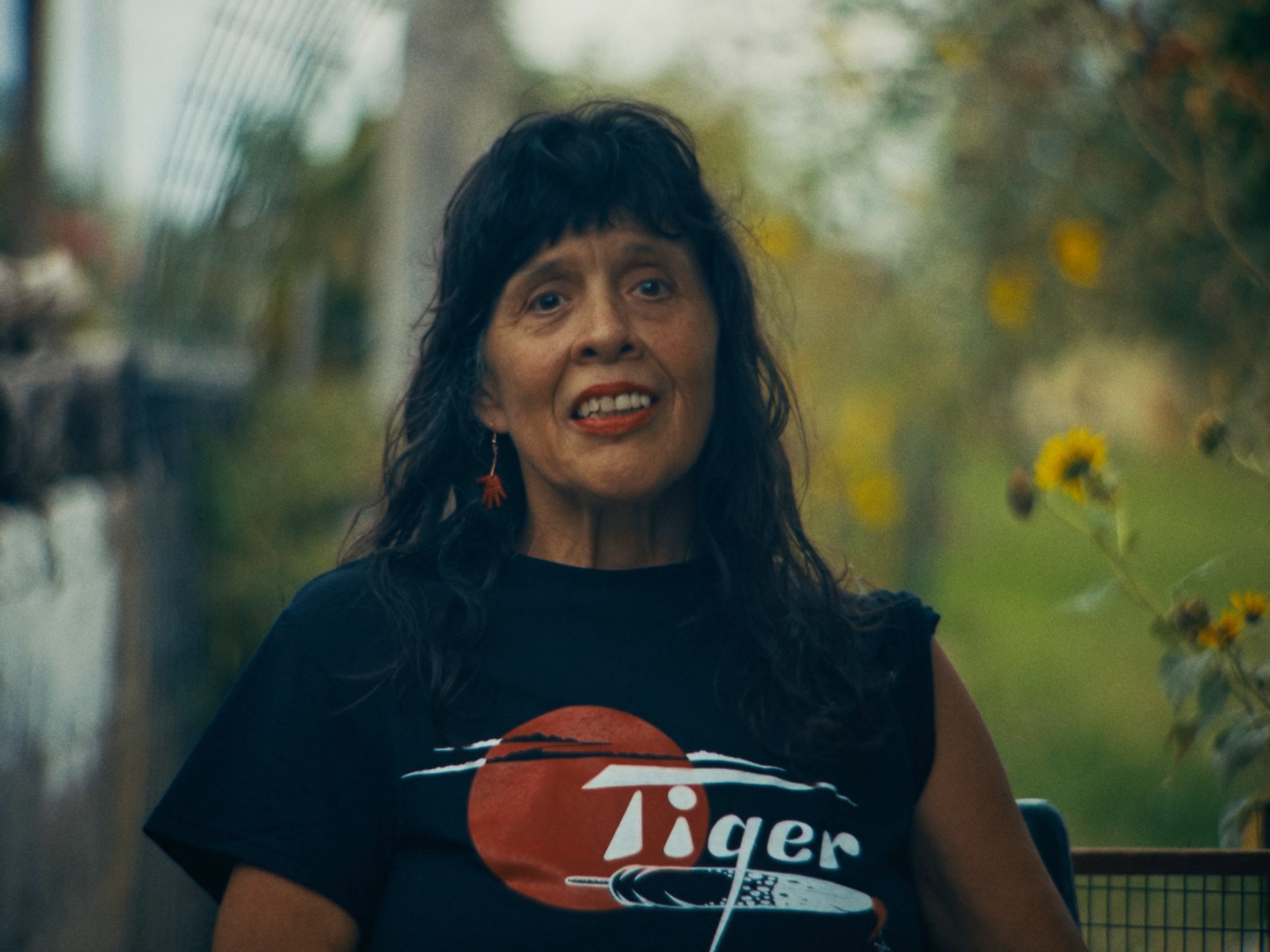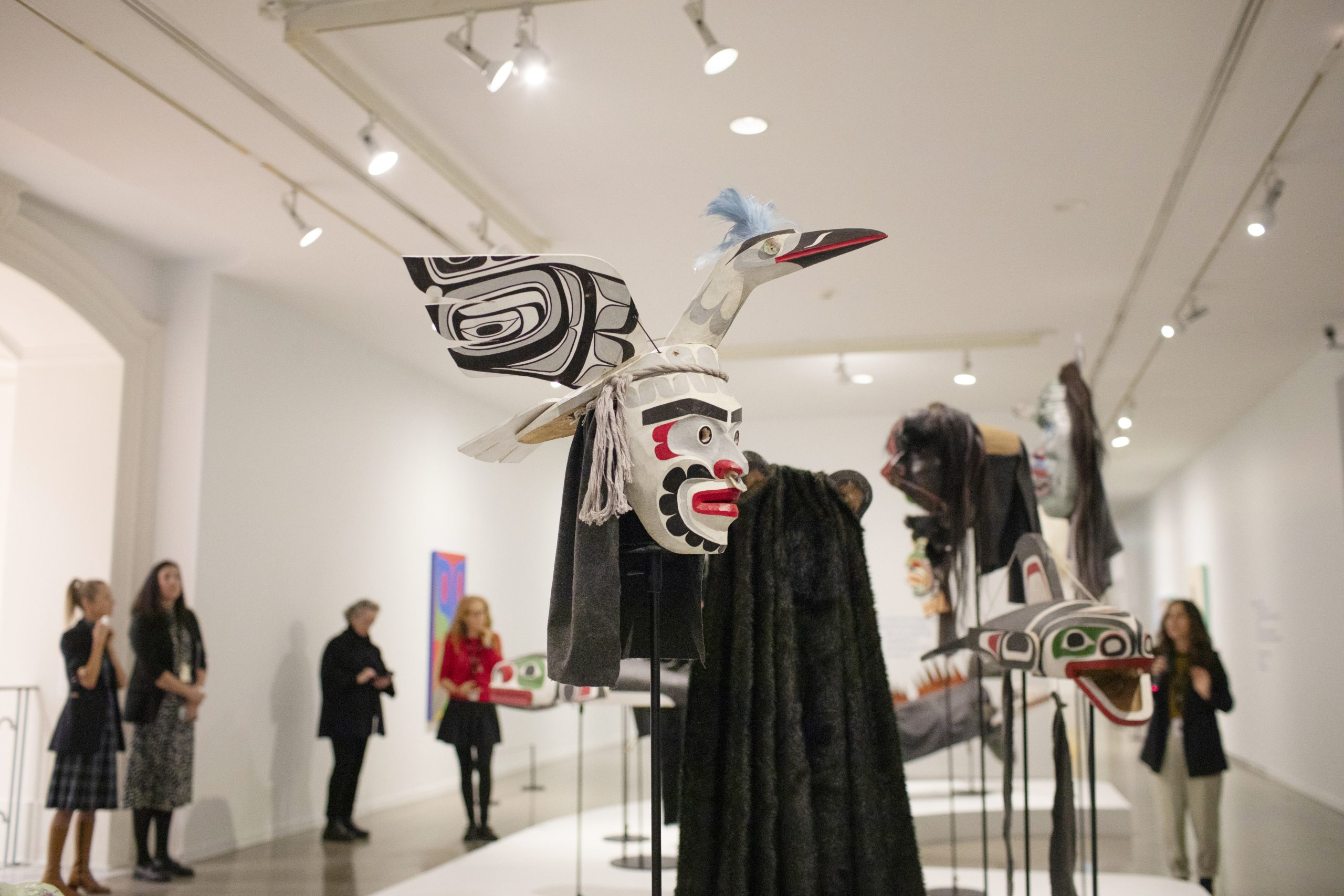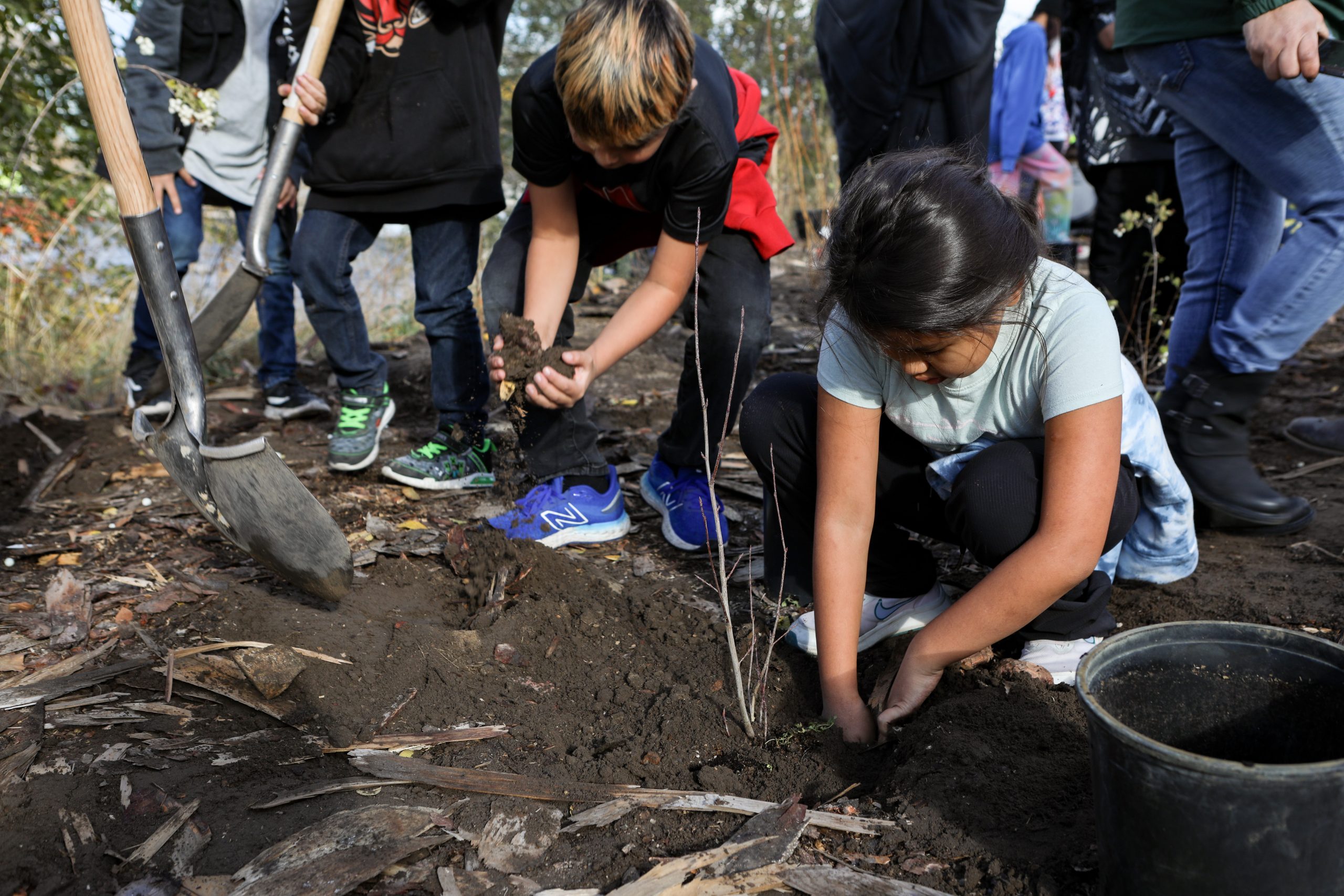IndigiNews of the week: Our stories, our history
Your weekly roundup of news and information about what’s happening across the Nation.

In this weekly roundup, we have a variety of topics from across our Indigenous Nations. We highlight Indigenous star stories as reported by The Walrus, and CBC‘s story of an Anishinaabe anthropologist bringing archival recordings back to her community. We also share our own profiles, on Cree Nakoda Sioux comedian Conway Kootenay, who performed in Westbank First Nation territory for a small group, and Darryl John Bonneau, best known as D.J. Bonneau, who has been broadcasting live music from his home every night since the pandemic began.
Worth your time
- In Teaching Indigenous Star Stories, The Walrus’s Kelly Boutsalis reports, “When some Cree people look at the sky during summer months, they see Ochekatchakosuk, a group of stars in the shape of a fisher, a weasel-like animal related to the wolverine. According to Cree teaching, a long time ago (likely during the Ice Age), there was no summer in the Northern Hemisphere. The animals of the region wanted to find summer and bring it back, and the fisher, Ochek, was selected for the task. … Few astronomers know of Ochek, though the constellation’s tail is likely familiar: it also represents the handle of the Big Dipper, the tail of Ursa Major, and has been used as a navigation tool for hundreds of years.” She talks with Wilfred Buck of Opaskwayak Cree Nation. He is an Indigenous star-story expert and a science facilitator at the Manitoba First Nations Education Centre (MFNEC), where he formulates science and astronomy curriculums and “uses the knowledge shared with him by Opaskwayak Elders and others, imparted during ceremonies and sweat lodges, as well as the star stories he has compiled.” She also interviews Hilding Neilson, who is a Mi’kmaq professor at the University of Toronto’s department of astronomy and astrophysics.
- ‘I rescued my ancestors’: Anishinaabe anthropologist brings archival recordings back home, reports CBC. “In 2011, the anthropologist [Bimodoshka Annya Pucan] from Saugeen First Nation was doing research for her undergraduate studies at the University of Western Ontario, on the Anishinaabeg involvement in the War of 1812. Her professor gave her a book from 1944, written by Dr. Edwin Seaborn. The book, The March of Medicine in Western Ontario, included a story about the War of 1812 that sounded eerily similar to one her grandmother used to tell. In that story, two Anishinaabe men escaped from American soldiers by shape-shifting into turtles. It also mentioned wax cylinder recordings of a man from her community, named Robert Thompson. He was born in 1876, and was a medicine man, mill worker, and fiddler who lived at Chiefs Point reserve in southern Ontario, which is part of Saugeen’s traditional territory.” Pucan told CBC, “I had a sense of victory, that we won. I rescued my ancestors, I was bringing them home, they were finally free. That was a very powerful moment for me.”
- Mohawk lawyer explains the 1492 Land Back Lane camp, APTN National News reports. On Facebook, the network shares a video talking with Beverly Jacobs, a Mohawk lawyer and associate dean of law at the University of Windsor. They talk with Jacobs about the 1492 Land Back Lane reclamation at Caledonia. Jacobs explains in the video, which has 6,000 views at the time of publication, “What needs to be understood is that this is a historical land claim going back a couple of hundred years that has not been addressed.”
News of the week
- In Land defenders rebuild McKenzie Meadows camp despite new injunction, APTN National News reporters Allana McDougall and Brett Forester report, “After several arrests last week and a new court order, land defenders are digging in their heels and rebuilding 1492 Land Back Lane, a name they’ve given McKenzie Meadows, a disputed site of a proposed housing development in Caledonia, Ont. that borders Six Nations of the Grand River’s eastern border.” Land protector Myka told APTN, “The only confirmation that I know of to this point is that [Indigenous Services Minister] Marc Miller has agreed to sit down and talk with us and whoever needs to come to the table.” APTN reached out to Marc Miller but did not receive a response.
- In Northern Ontario First Nation makes history with its community-based curriculum, CBC journalist Jody Porter reports that Long Lake 58 First Nation is creating a local curriculum based on their history. She writes, “[Education director] Claire Onabigon believes that knowing your own history can lead you to a brighter future and she hopes a new curriculum in her First Nation’s schools will light the way.” The curriculum includes lesson plans touch on everything from family relationships to the Ring of Fire, a mining development in the region. Onabigon says,”Our children will be able to see themselves in the history. It will empower them.”
Okanagan latest
- In Announcing WFN’s Involvement with the Regional Transportation Plan, a YouTube video by Westbank First Nation featuring y̓lmixʷm (Chief) Christopher Derickson, he explains WFN’s commitment to the development of the first regional transportation plan for Central Okanagan. According to Derickson, “Reducing our greenhouse gas emissions, limiting the amount we have to transport ourselves through internal combustible engines means a healthier and safer environment for everyone.”
- ‘Humour is part of our healing,’ says Cree Nakoda Sioux comedian Conway Kootenay: In my latest story, I spoke with comedian Conway Kootenay, who is also known as Smudge Pan, after his performance in Westbank First Nation territory in early August. Kootenay, who is from the Alexander First Nation, says that his comedy started back in 2009 with a song he released called “What’s really rez?” It featured his cousin Don Burnstick and the Red Power Squad. To date, it has reached almost 1.5-million views.
After working as a stunt actor on the Oscar-winning movie The Revenant, starring Leonardo DiCaprio, he says he got “the acting bug.” Not long after, he started creating content for social media. “Humour is part of our healing as First Nations People, as Indigenous people, you know. And even in our ceremonies, we laugh even, you know, ‘cause it’s a part of it,” says Kootenay. Humour is interwoven throughout Indigenous Nations and communities and, as Kootenay points out, “It makes you feel good. You know, it’s really good energy. It’s positive energy.” Kootenay continues, explaining the interconnectedness between healing and identity. “Once you heal, you learn not to take things so seriously and you learn to find the positivity in anything. And then that’s something you can draw from when you’re doing comedy.” - Okanagan Nation DJ goes global with virtual music nights: In Kelsie Kilawna’s latest, she writes, “DJ Bonneau has people tearing up the rug during lockdown with his Country Night Live broadcasts from home.” The country music DJ, also known as Darryl John Bonneau, is the owner of The Ranch Mobile Audio Productions. Ever since the pandemic hit, he has been broadcasting his music live on Twitch every Saturday night. Bonneau says, “I seen a couple of artists doing it, and I thought, man, it would be cool to see a DJ do it and then I saw a buddy of mine do it, and I thought, man, if he can do it, why can’t I?” Kilwana reports, “So far, Bonneau says he has reached Europe, Argentina, Vietnam, Spain, England, New Zealand, Trinidad, Australia, Germany, and eight states, including Hawaii.” His wife of 27 years, Tracey, is also a part of the team, and has been running his operation behind the scenes. “His wife explains that the family is hoping to expand their audience to a bigger one than they’d imagined possible just months ago,” writes Kilawna.
That’s it for this week! If you have news or information that you want to share, email me: chehala@indiginews.com.
Author
Latest Stories
-
‘Bring her home’: How Buffalo Woman was identified as Ashlee Shingoose
The Anishininew mother as been missing since 2022 — now, her family is one step closer to bringing her home as the Province of Manitoba vows to search for her
-
Short film showcases the inspiring story of Dana Tiger — and a family design legacy
Muscogee artist’s life, work, and fashion business are the subject of Loren Waters’ Sundance-acclaimed documentary ‘Tiger’












